Feeling stuck in a rut with your trout fishing tactics? Tired of using the same old lures and coming up short? If you’re looking to add excitement and effectiveness to your trout fishing experience, then jigs might be the answer you’ve been searching for!
Get ready to jog your way to trout success! This guide explores jigs, rods, and techniques to catch more fish. Then we’ll guide you on choosing the perfect rod and unveil some effective jigging techniques to get those trout hooked! So, grab your rod, because it’s jig time!
Understanding Jigs for Trout Fishing
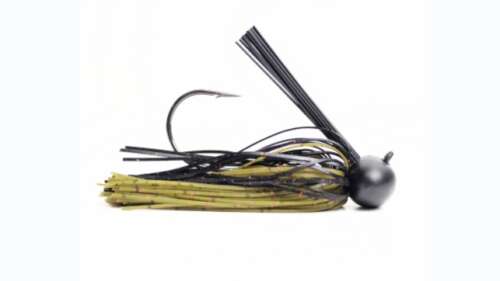
A jig is a fishing lure that includes a weighted head with a hook that is screwed into place, and a soft body fixed to the hook shank.
The jig head’s weight performs its job quickly by sinking the jig to the bottom while the soft body gives it a realistic look that draws in fish. Jigs are available in a huge assortment of shapes, sizes, and hues to suit different types of fish under differing water conditions.
There are two main types of jigs commonly used in jig fishing for trout, one is Marabou jigs and the other is Crappie jigs.
Marabou jigs are effective because they mimic the movement of natural prey in the water, attracting hungry trout. On the other hand, Crappies are typically made with a soft plastic body that mimics the shape of bait fish or insects.
These jigs can be very effective for imitating natural prey and enticing trout to bite.
Are Jigs Good For Trout Fishing?
Jigs can be great for fishing trout especially in the cold water when trout are not feeding actively. The jig’s weighted head will aid it in sinking quickly to the base where trout are more likely to be feeding. The soft body of the jig is very lifelike and can set the trigger even by the most lethargic trout.
Here are some of the benefits of using a jig fishing for trout::
- Versatility: Jigs can be fished in a variety of ways, such as casting, jigging, and trolling. This makes them a very versatile lure that can be used to target trout in a variety of conditions.
- Durability: Jigs are made from tough materials that can withstand the punishment of repeated casts and retrieves.
- Effectiveness: Jigs can be very effective for catching trout, especially in cold water.
The jig can be effectively applied to shore and deep-water fishing, both from a boat or the shore.
Fishing from the shore, one can throw out the jigs, and retrieve them back slowly, while they move along the floor. While fishing on a motor, jigs may be jigged up and down near the bottom, or trolled at a slow rate.
Jigs can be quite efficient for both deep and shallow-water fishing, since, similar to tanks, the weighted heads let them go down in seconds.
What Types of Jigs Are Best For Trout Fishing?
There are commonly two types of jigs used for trout fishing.
1. Marabou jigs
These jigs have a body of marabou feathers, which are soft and feathery. Marabou feathers can be moved in the water almost independently, inducing an unrealistic swimming action that can be extremely attractive to trout.
Marabou jigs are also very amazing in imitating the several types of baitfish that trout feed on such as minnows, leeches, and sculpins among others.
Since marabou feathers are relatively soft and buoyant, they are typically employed fishing in the bottom near the surface of the water column which is not so deep.
Whilst jigging with marabous is mainly for trolling or sinking, it can also be used for suspended jigging or slow retrieves in deeper water utilizing different techniques.
2. Crappie jigs
They have a softer body made of plastic material, and such jigs can withstand more blows from a fish and are particularly resistant to breaks. The jigs which are called crappie jigs are characteristically heavier than marabou jigs which, in turn, save them from sinking faster and reaching them to deeper depths.
Moreover, compared to the rest of the plastic types, a softer plastic body of a crappie jig is more naturally accepted by a trout’s bite which can help with the hook penetration.
Crappie jigs are highly customizable and take on different shapes and sizes. Additionally, they can be tipped with many kinds of soft plastic baits, like tubes, grubs, and even live bait.
This helps further improve the efficiency of jigging. For example, a jig tipped with a crappie tube will be very good for the imitation of a leech, while a grub-tipped jig will be an excellent choice for a sculpin imitation.
When choosing the best jig for trout fishing, here are some other factors to consider:
- Size: The size of the jig should match the size of the baitfish that the trout are feeding on. Trout typically feeds on insects and small baitfish, so you will want to use a jig that is in the 1/16- to 1/8-ounce range.
- Weight: The weight of the jig will determine how deep it will fish. If you are fishing in a deep lake, you will need to use a heavier jig to get it down to the trout. Conversely, if you are fishing in a shallow stream, you will want to use a lighter jig.
- Color: The color of the jig can be important, especially if the trout is feeding on a specific type of baitfish. However, trout can also be attracted to jigs in bright colors, such as chartreuse or pink.
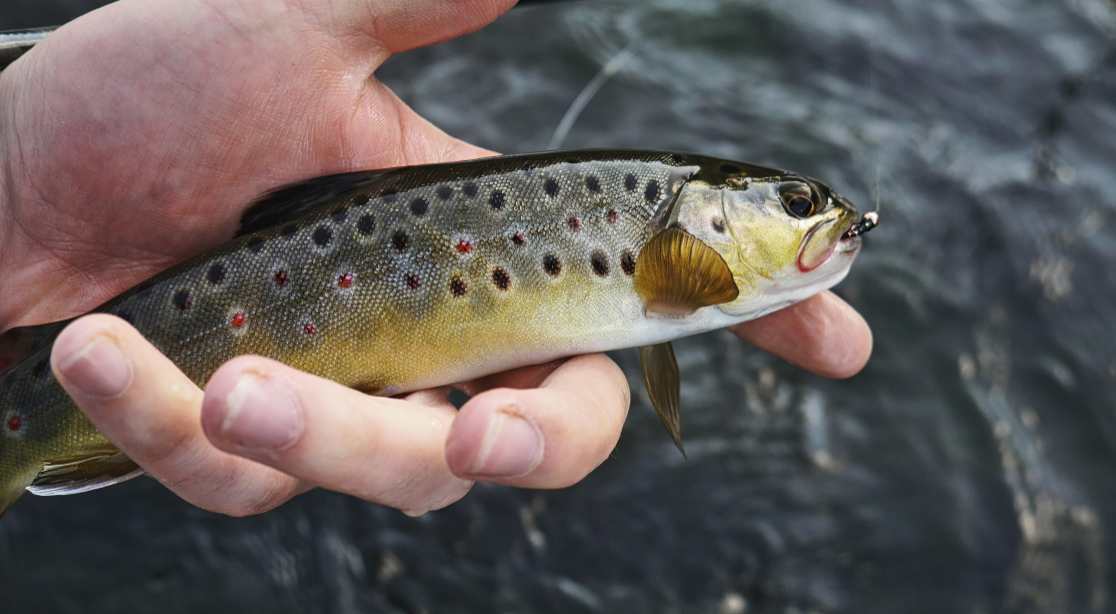
Best Rod For Jig Fishing
The ultimate jig fishing rod that suits your needs is dependent on several aspects, such as the characteristics of a jig, the fish species you are targeting, and the weather conditions.
However, some general features make a rod ideal for jig fishing:
- Power: The process of jig fishing frequently involves the act of hooking the jig immediately to get the weight’s penetration. For deep-water fishing, medium-heavy (MH) or heavy (H) power rods will form the essence of anchoring the lure in position.
- Action: Due to the urgency, the bent has most of the time the upper part of the rod. Immediate hookset and extreme grip features make them ideal for playing the fish while portraying some give.
- Sensitivity: A sensitive rod tip relays the prime touches of a tooth and the fish bottom contact, enabling you to sense the jig and the fish’s actions. Graphite is commonly used in jigging rods because of its lightweight. But also very sensitive construction features.
- Length:Rod length selection is a personal choice as well as a specification of angling conditions. For riggings, typically shorter poles would work well for short cast distances (6’6″ to 7′), as longer poles offer greater casting distance (7′ to 7′ 6″).
Top Rated Rods For Jig Fishing
Here are some of the top-rated rods for jig fishing:
- St. Croix Legend Tournament–This upgraded version is designed with feedback from anglers with the latest materials and technology. It features specific handles, lengths, powers, and actions for modern fishing techniques, along with high-quality materials, making them durable and sensitive.
- PLUSINNO Carbon Fiber Telescopic– These rods are another great option for travel, as they collapse down to a very compact size. They are also made with carbon fiber, which makes them lightweight and strong.
- Nomad Design Heavy Jigging Rods- These rods are called Heavy Jigging rods but actually, they are designed to be lightweight and responsive. These rods offer the perfect balance of power to handle big fish and finesse for extended jigging sessions. With medium tapers, stiffer tip sections, and strong butt sections, these rods provide extra action to the jig and make fighting fish easier.
- Ugly Stik Elite- These rods are best for small fish and are legendary for their durability and affordability. They are a great option for anglers who are new to jig fishing for trout or who are looking for a rod that can withstand tough conditions. It is highly praised by customers.
How to Jig Fish for Trout?
Jig fishing seems to be one of the most effective ways to catch trout when the water is slower moving or during the feeding times, in particular, when they’re feeding around the bottom.
The following is a how-to guide on fishing for trout using the jig method along with some proven techniques.
Best Types of Gear to Use:
- Rod: A medium-light action spinning rod with a 7′ to 8’6″ length is ideal for good casting distance and control while fighting trout.
- Reel: A size 2000-3000 spinning reel with a smooth drag is perfect.
- Line: Light braided line (4-6 lb test) is common, but 4-8 lb fluorocarbon provides invisibility and better bite detection.
- Jig: Small jigs (1/16th to 1/8th oz) with marabou or soft plastic bodies work well. Choose colors that mimic insects or baitfish in your area.
Techniques For Jig Fish For Trout
- Cast Upstream: Cast your jig slightly upstream from where you think the trout is holding. This allows the jig to drift naturally downstream with the current.
- Let it Sink: Once the jig hits the water, let it sink to the desired depth. Depending on the water conditions and where trout are feeding, this could be near the bottom, mid-water, or even near the surface.
- Twitch and Retrieve: As the jig drifts downstream, use short, sharp twitches of your rod tip to impart an erratic, darting action to the jig. This simulates a fleeing insect or baitfish, attracting trout.
- Maintain Line Tension: Keep slight tension on your line as you retrieve the jig. This allows you to feel the subtle takes of trout that might just suck in the jig.
- Lift-and-Drop: After letting the jig sink, slowly lift the rod tip, raising the jig a foot or two, then let it fall slack again. This can trigger strikes from trout following the jig.
- Dead-Sticking: Sometimes, trout might be lethargic. Try letting the jig sit motionless for a few seconds after sinking or twitching. This can entice curious fish to investigate.
- Vary Your Retrieve: Experiment with different retrieve speeds and twitching cadences. Trout can be finicky, so find what works best on the day.
- Fish Different Depths: Trout might be feeding at various depths depending on water conditions and hatches. Don’t be afraid to experiment with letting the jig sink to different levels.
🔔Bonus Tip: Adding a small piece of bait like a wax worm or maggot to the jig can further enhance its attractiveness to trout.
Conclusion
All in all, jigging is an immense venue for trout, particularly in calm or shallow water. Through the selection of the proper jig, and rod, and the acquisition of basic jigging skills such as twitching and retrieval, you will be halfway to becoming an accomplished jigger.
However, note that trout can be very picky eaters, hence you shouldn’t be shy of experimenting with different jig sizes, colors, and speeds at which you retrieve.
Do not lose sight of the water conditions and the species of insects or small fish, as this may inform you of the most effective jig to use. Give it some time and effort to master the movements to skillfully conclude the day with trout you caught on your own. Tight lines!


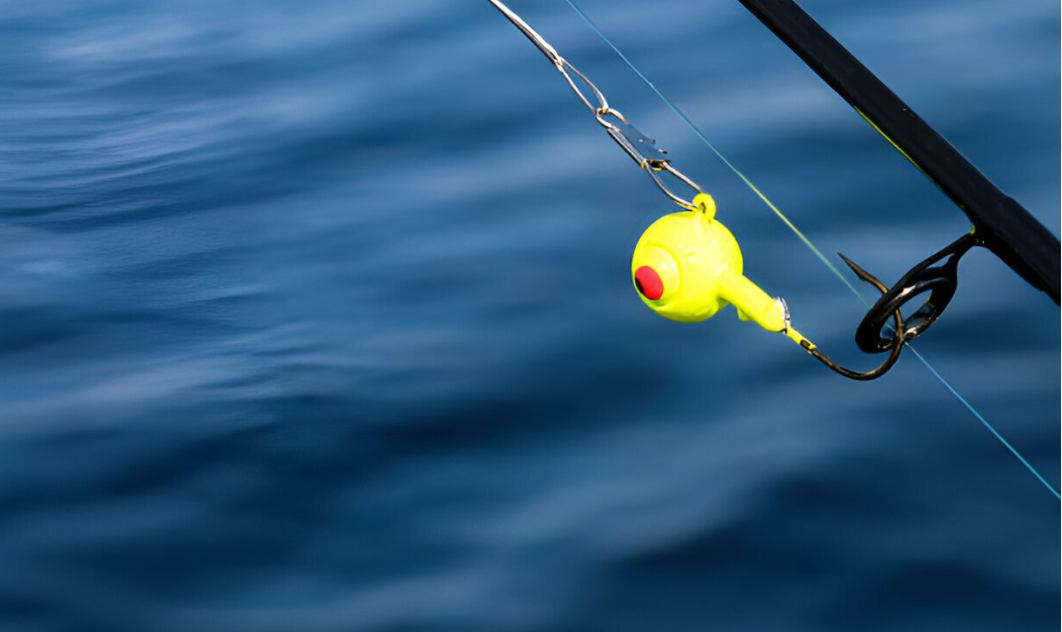









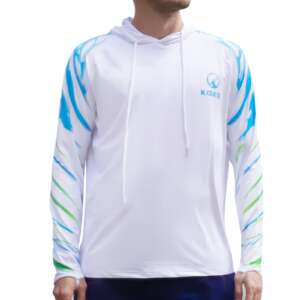


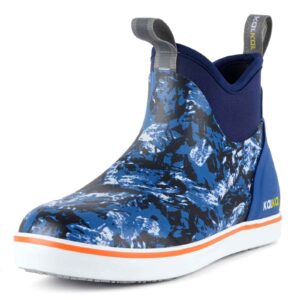
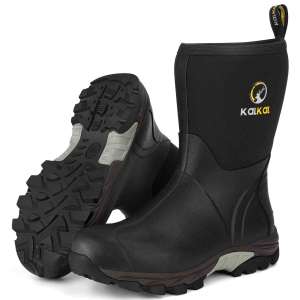



Leave a reply